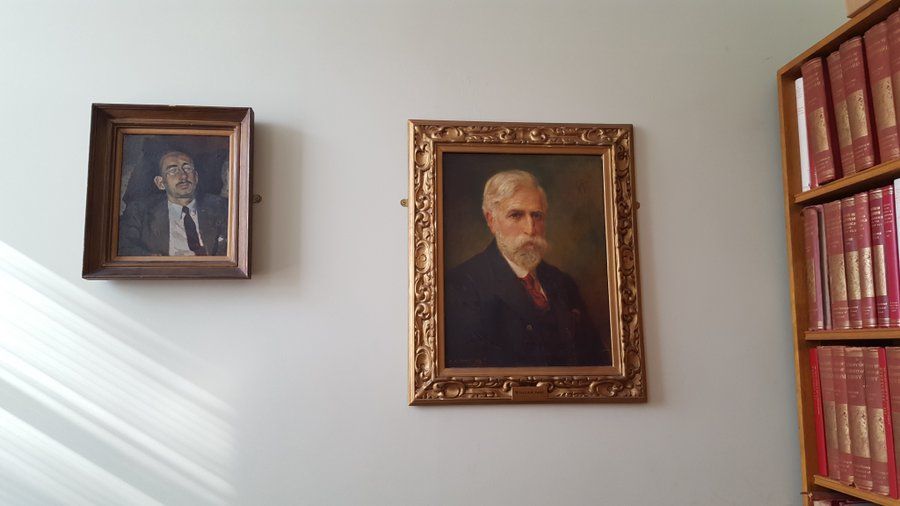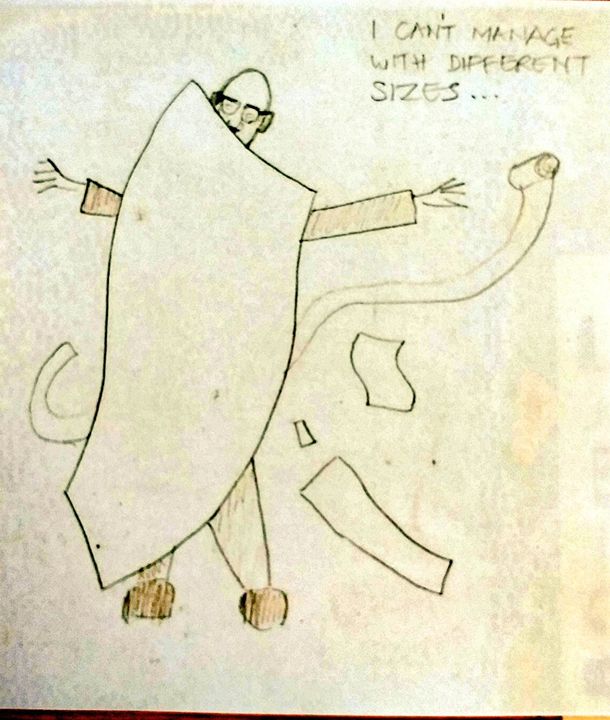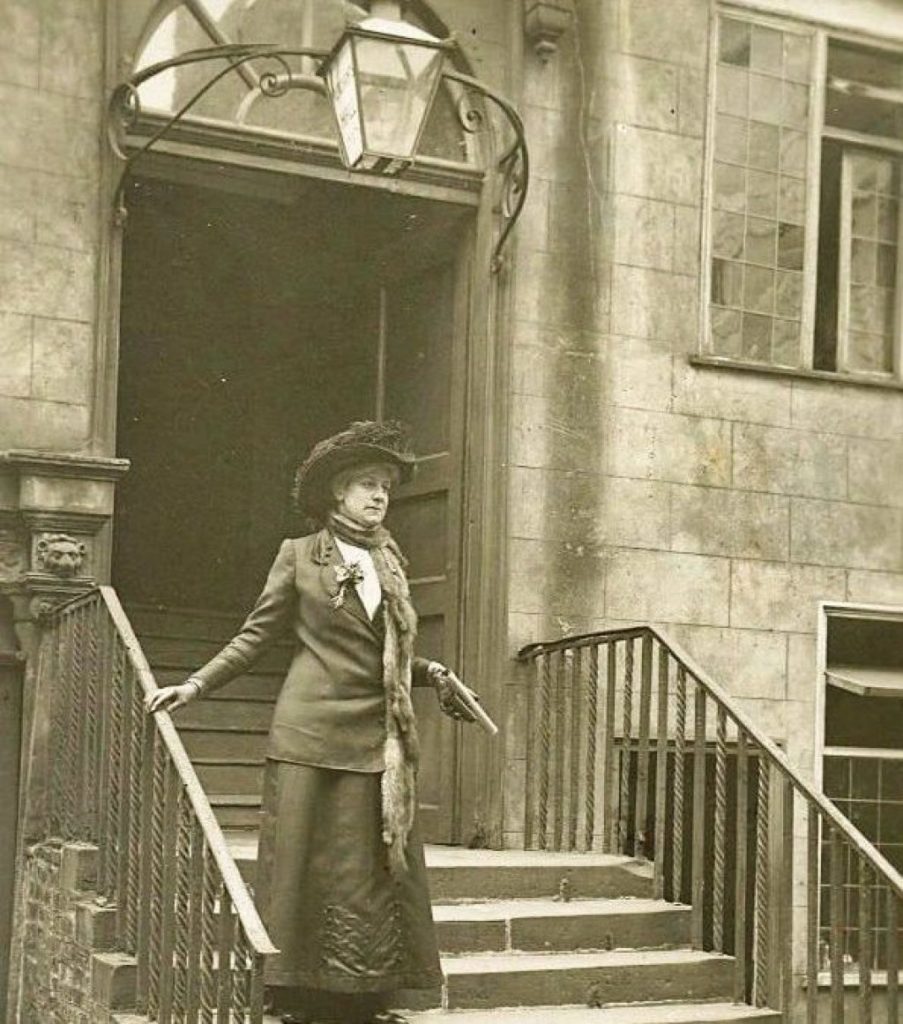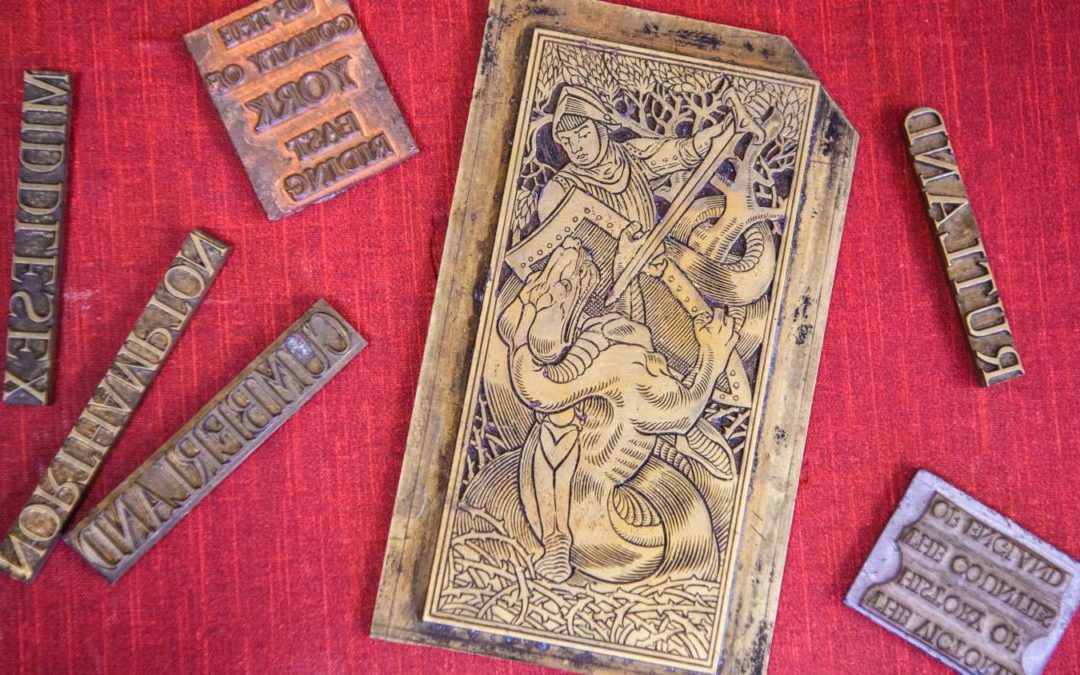In this blog, VCH General Editor, Adam Chapman and IHR Collections Librarian, Michael Townsend, introduce the VCH Archive and how it is being used to broaden other projects (including Wikipedia).
As you might imagine, like any 123-year-old organisation, The Victoria History of the Counties of England, commonly known as the Victoria County History or the VCH, has built up quite a collection of material in its archive, held within the archives at the IHR.
The IHR archives are currently divided into three main sections. There is the main institutional archive, which includes material from the foundation of the IHR onwards, the archive of the Centre for Metropolitan History, which was based within the IHR from late 1980s to the 2010s, and the archive of the Victoria County History (better known as the VCH) which is the focus of this blog. It amounts to over 100 boxes of correspondence, minute books, draft text, guidance for authors in the IHR archives (and much more material created by the VCH in archives around England).

Portraits of R.B. Pugh (left) and William Page, Editors of the Victoria County History.
We are fortunate that Zoë Karens, the IHR’s former archivist prepared lists to the individual volume/folder level – and that list is available on request. Ultimately, the main goal is to put the archive listing online, logically on the University of London’s archive catalogue, something which can hopefully be achieved once the IHR can call upon the expertise of a professional archivist once more. It’s worth saying that there more than just paper documents: the archive contains two paintings – of William Page, our founding editor, and of Ralph Pugh, his post-war successor – and a host of ephemera including proofs of never-published volumes, printing blocks for the spines and a file beguilingly called ‘VCH Nonsense’ filled with cartoons, poems, and the sort of gentle silliness that’s often lost.

Cartoon of Keith Allinson, editor of the Yorkshire, East Riding, series of the VCH, showing his struggles with maps and plans.
So what documents does it contain? With Dr Amara Thornton, of the Institute of Classical Studies, we’ve been finding out. Amara is part of Beyond Notability, a three-year research project is exploring the histories of women active in archaeology, history and heritage as revealed in the archives of the Society of Antiquaries of London and the Royal Archaeological Institute. The VCH in its early years employed many women historians, mainly scholars at Oxford and Cambridge who were then unable to take degrees, but who nonetheless pursued academic careers in various ways. Among them was the VCH and ‘the VCH ladies’ were a feature of the reading rooms at the Public Record Office and British Museum in a way that was not always welcome:
18 Nov. 1904
Dear Mr Page,
The presence of as many ladies employed on the Victoria County History in the Legal Search Room, is I am sorry to say, causing great inconvenience to the General Public and I therefore would ask you, privately in the first instance to ask whether you can reduce the number to more practicable limits. The Round Room is already overcrowded and I am afraid it is impossible to find other accommodation for them.
Yours very truly, S.R. Scargill-Bird
The former VCH Director, Professor John Beckett has explored the contributions of some of them, but our aim was to broaden his work further and to connect some of these women to their other work and to show how this fitted into their scholarly careers. We have space for just one example here, but two more, Eliza Jeffries Davis and Margerie Venables Taylor are profiled here. Here, however, we will look at Maud Sellars.

Maud Sellars, standing on the steps of the Merchant Venturers’ Hall, York
Maud Sellars (1861–1939) was educated at Newnham College, Cambridge and subsequently contributed to two of our early Yorkshire volumes and to Durham volume II. She’s better known, however, for her work cataloguing the records of the Merchant Venturers of York and you can read more about her high reputation there in H.V. Morton’s ‘The Call of England’ (1936). That was only one element of her career as the Beyond Notability Database shows: she gave lectures to a range of Yorkshire-based learned societies during the First World War and published extensively. She was also the first – and only, for 70 years – woman to be a Merchant Venturer. Little of this, unfortunately is reflected in most people’s gateway to historical biography, Wikipedia. We want to change that.
On 15 December, Women in Classics are hosting a Wikipedia Edit-a-thon where you can find out more and help bring these pioneering women greater prominence by detailing their work of Wikipedia. Please join us!
Join our Wiki-Edit-a-Thon
If you’d like to explore the archive and to enhance the Wikipedia entries of some of the women responsible for the early work of the VCH, then please join us, with our colleagues from the Institute of Classical Studies, Beyond Notability, and Women’s Classical Committee for an online Wiki-edit-a-thon at 3pm on 15 December. All training will be provided and no prior experience is necessary.

